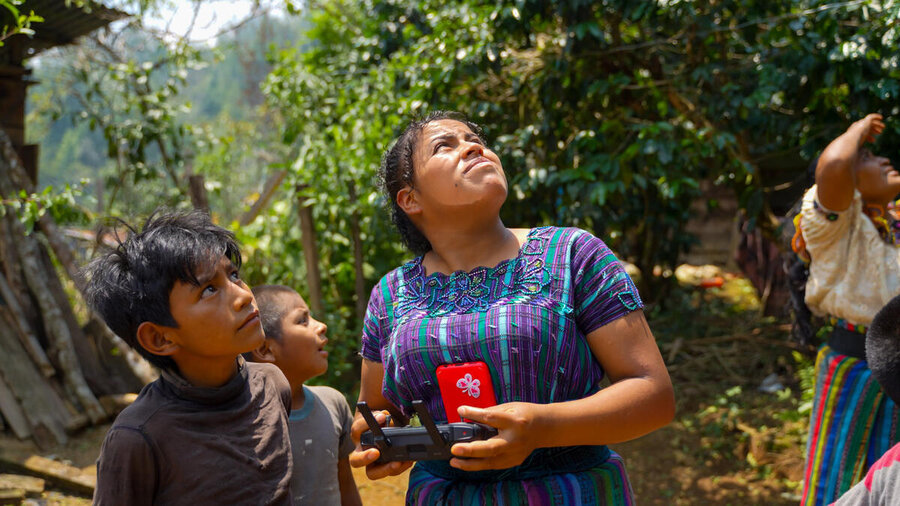
Indigenous Peoples - accounting for just over 6 percent of the global population, or approximately half-a-billion people - are the custodians of extremely rich cultural heritages and ancestral knowledge in fields including medicine, nutrition, farming and forecasting weather, among others.
Yet they are three times more likely to live in extreme poverty than their non-Indigenous counterparts and make up almost one-fifth of the global poor. This limits job opportunities, access to education and... nutritious foods.
The World Food Programme (WFP) works with Indigenous Peoples in Africa, Asia and Latin America to improve their food security and enhance their resilience in the face of deeply ingrained inequality and discrimination, conflict and violence - all as communities are ravaged by droughts, floods and other forms of extreme weather caused by climate change.
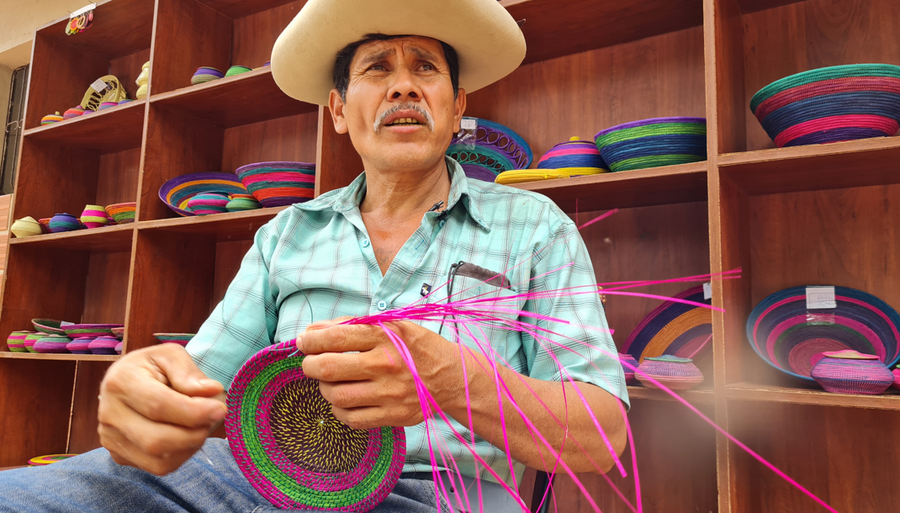
Having had to adapt to changing circumstances for millennia, however, Indigenous Peoples have developed sustainable, resilient practices that can contribute to solving today's food security and nutrition challenges.
With 5,000 different Indigenous groups living across 90 countries and speaking more than half of the world's languages, the opportunities are endless - but navigating the complex ethnic and cultural tapestry underlying the word "Indigenous" is no easy feat.
Here are a few commonly held misconceptions - and the actual facts.
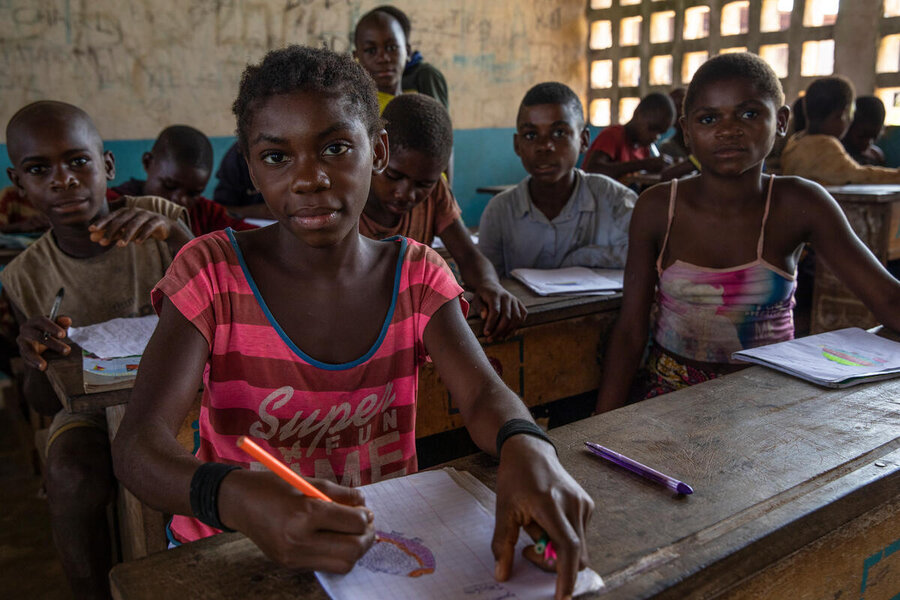
Indigenous Peoples mostly live in the Americas and Australia
Wrong - in fact, about 70 percent live in Asia and the Pacific, 16.3 percent in Africa and 11.5 percent in Latin America and the Caribbean. WFP supports Indigenous communities in countries as diverse as Bangladesh, Bolivia, Colombia, Ecuador, Guatemala, India, Nepal, Peru, the Philippines, the Republic of Congo and Venezuela, among others.
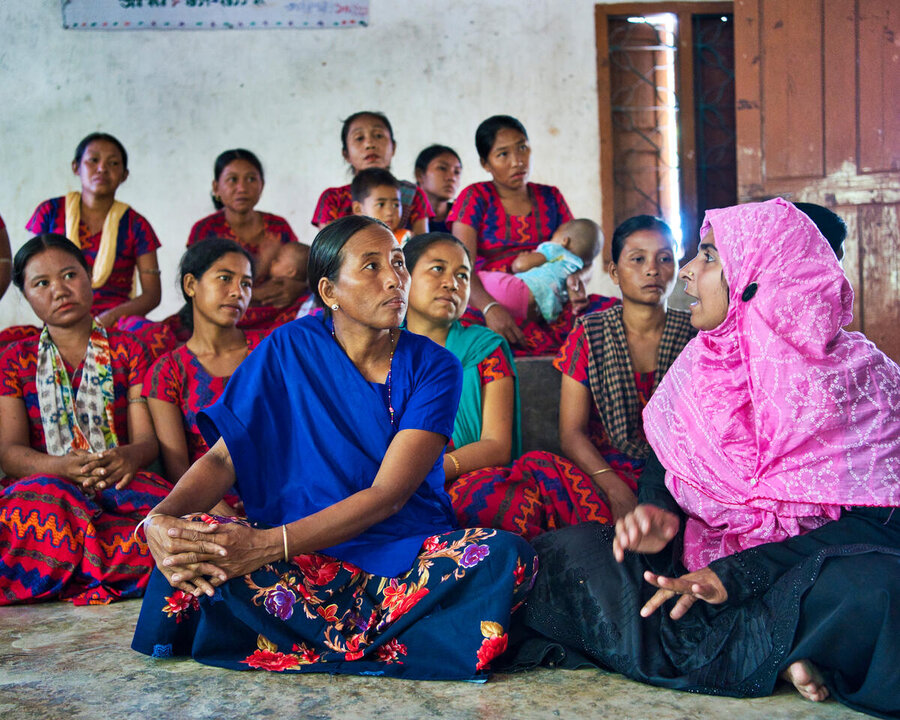
Indigenous Peoples live on very limited territories
Wrong - they actually own, use, or occupy 25 percent of the world's land mass. What's more, they conserve the remaining 80 percent of the world's biodiversity. In recent years, Indigenous and Afro-descendant communities on both sides of the Colombia-Ecuador border have contributed to the reforestation of over 10,000 hectares of land as part of a WFP-backed project. In Guatemala, the traditional Mayan farming technique known as intercropping, or milpa, which sees maize, beans, and squash being sown together, is one of the tools promoted by WFP to enable greater yields amid increasingly harsh climate conditions.
Afro-descendant, Indigenous communities on Colombia-Ecuador border join forces to adapt to climate change
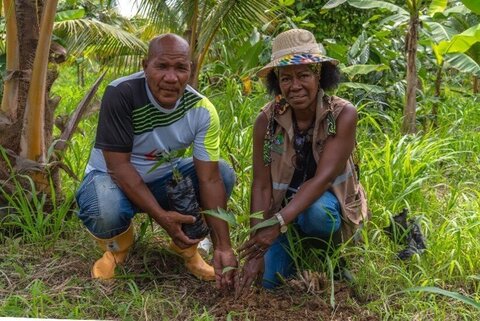
Indigenous Peoples live traditional rural lifestyles
Partially right - Over 73.4 per cent of the global Indigenous population live in rural areas, but there are substantial regional variations. In Latin America, for example, 52.2 percent of Indigenous Peoples are urban dwellers. As traditional livelihoods get eroded, and the very survival of communities is at risk from climate extremes and human activities such as logging or mining, many Indigenous people are migrating to cities in search of work.
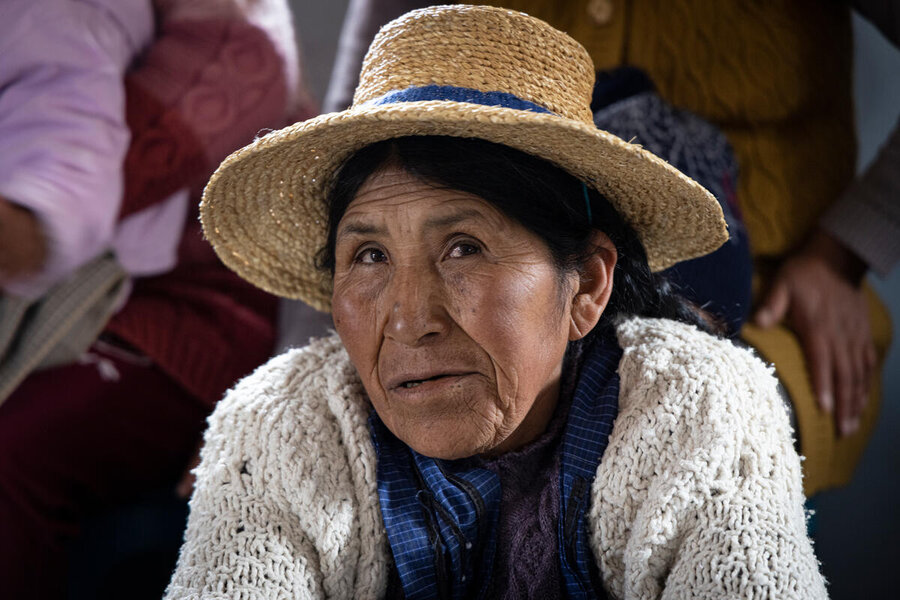
In Bolivia, WFP is working with the Uru Indigenous Nation - one of the most ancient in the Americas - to create alternative sources of income after the lake on which their subsistence depended dried up. In the same country, WFP ihas supported Indigenous entrepreneurship and job opportunities, including a women's cooperative producing nutritious snacks from quinoa, a traditional crop.
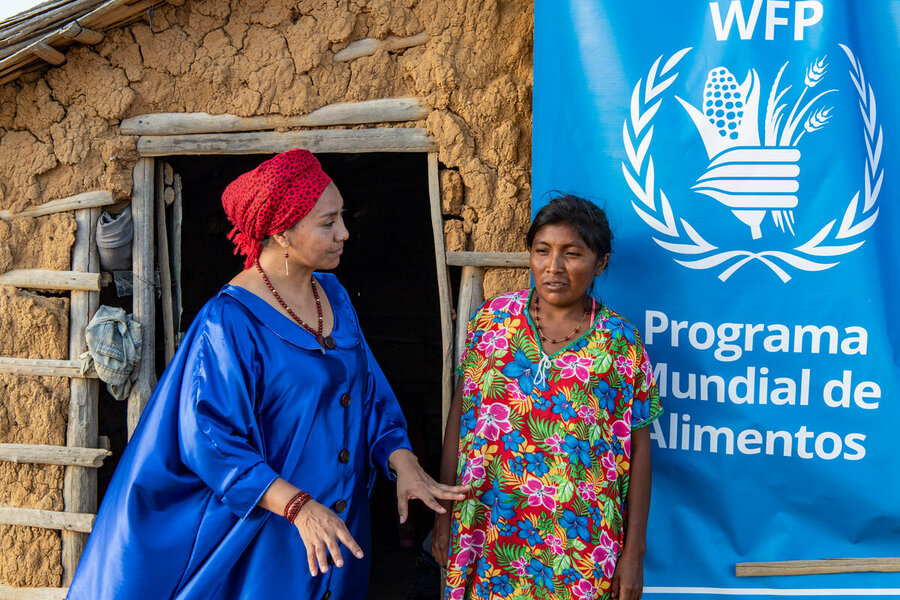
WFP's work with Indigenous Peoples seeks to rescue and preserve traditional knowhow and combine it with modern knowledge and technology to find the most appropriate solutions to their challenges. In doing so, we abide by community-specific decision-making structures and processes to ensure our initiatives are accepted by community members and reflect their values.






